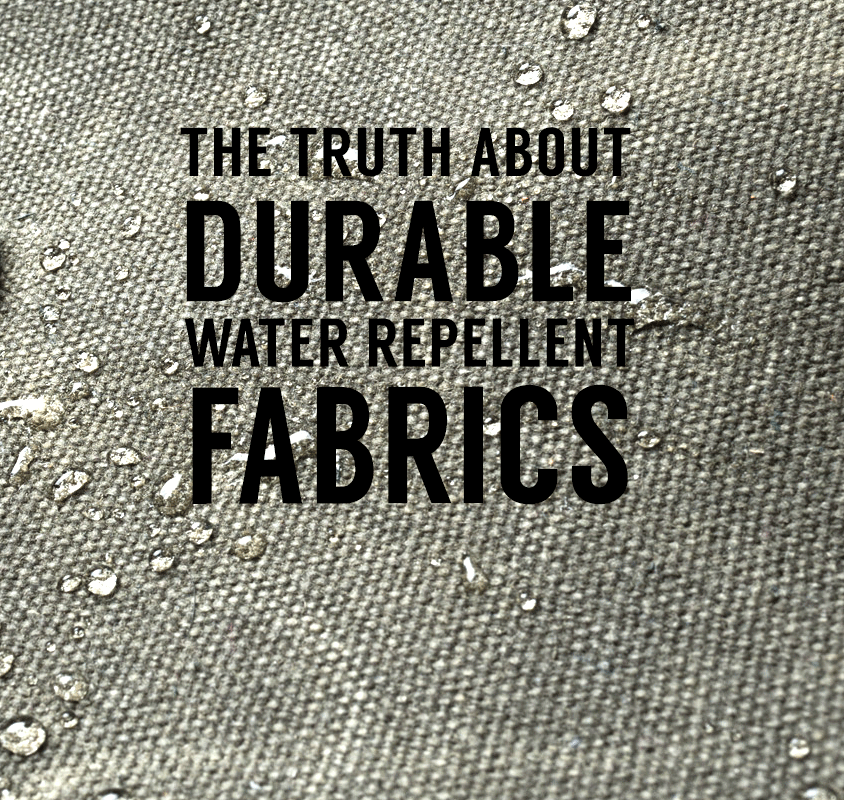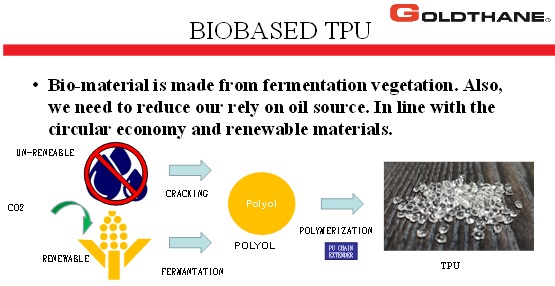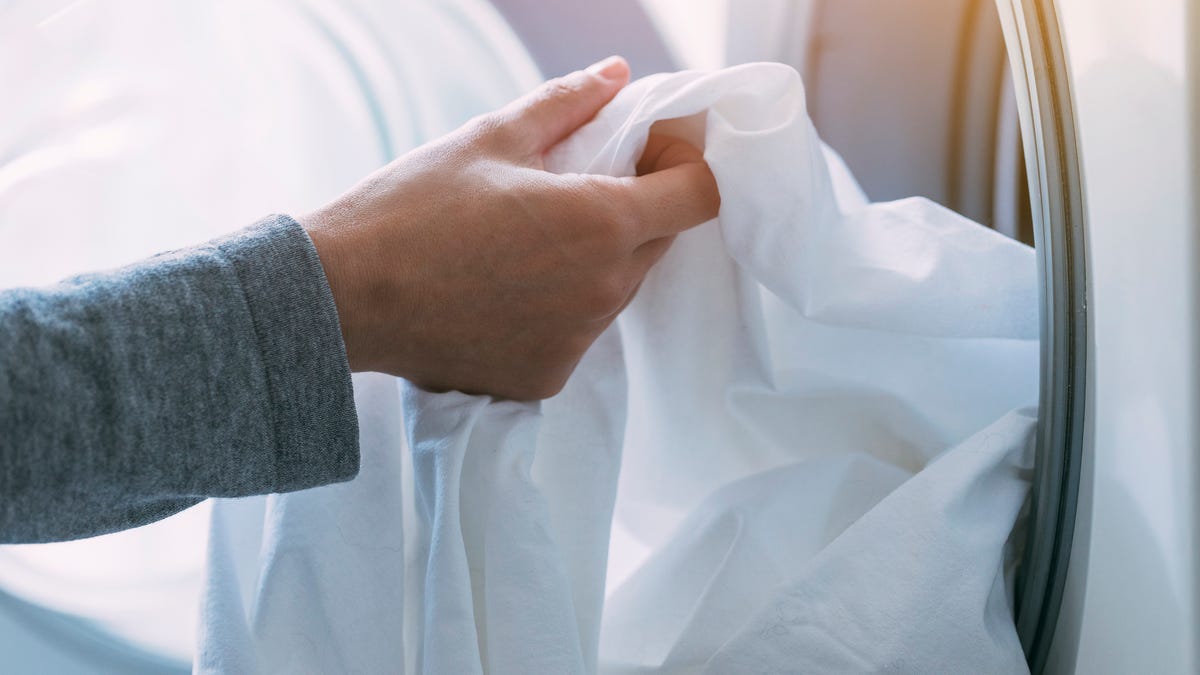
Key Takeaways:
- Waterproof, water repellant, and water-resistant are not the same.
- Waterproof mattress protectors have an impenetrable barrier that blocks 100% of liquids. And work best for medium to heavy bedwetting. Or situations where you can’t clean up spills and accidents right away.
- Water repellant mattress protectors are treated with a chemical finish. Liquids bead up on the surface for a short time before seeping into the mattress. They work best for light wetting that can be cleaned fairly quickly. Or for hot sleepers who soak the sheets at night.
- Water-resistant mattress protectors deliver the least defense against accidents and spills. They work best for hot sleepers who dampen the sheets at night. Or for someone who experiences occasional urine leaks that wake them up right away.
Why Mattress Protection Matters in Bedwetting
Bedwetting can happen to anyone, even pets, and you need some practical solutions to maintain hygiene and comfort. A good mattress protector acts as a shield, keeping the mattress dry and the sleeper comfortable, thus ensuring that accidents don’t disrupt a good night’s sleep.

What’s the Difference Between Waterproof, Water Repellant, and Water Resistant
Mattress protector covers and pads provide 3 different levels of protection:
- Waterproof means that no liquid can penetrate the material, keeping your mattress completely dry.
- Water repellant fabrics are chemically treated to repel water, causing liquids to bead up and roll off for moderate protection.
- Water-resistant materials can fend off a light drizzle, but they won’t hold up against a full-on spill.
For bedwetting, you want a barrier that stands up to moisture without fail, and that’s where waterproof mattress protectors shine.
Waterproof Delivers Unbeatable Protection from Spills & Wetting
A fully waterproof mattress protector has a special layer that completely blocks fluids from seeping through the sheets and into the mattress.

The most popular waterproofing materials are thermoplastic polyurethane (TPU), polyethylene (PE), vinyl, or latex. The names may sound like chemicals, but TPU and PE can be manufactured from plant-based, non-GMO materials. And latex is a naturally occurring rubber. You’ll want to choose a protector that’s soft, breathable, and doesn’t make a crinkly noise every time you move. This way you’re protected, and you get a good night’s sleep.
Which Level of Protection Is Right for You
The right level of protection will depend on the specific needs of the person sleeping on the mattress.
Why Mattress Protection Differs for Bedwetting Incidents
Bedwetting incidents are unique because they can involve a significant amount of liquid, and they often occur at night when immediate cleanup isn’t possible. This means the protector needs to hold up for several hours without leaking. Additionally, repeated incidents require a protector that can withstand frequent laundering. For these reasons, a waterproof mattress protector, as opposed to water repellant or water-resistant, is often the best choice for bedwetting.

Water Repellant vs. Waterproof Protectors
Water repellant protectors may seem similar to their waterproof counterparts, but they’re not designed to handle the same amount of liquid. They’re treated with a coating that repels water, which is fine for minor spills that are cleaned up quickly. However, for bedwetting, where the liquid remains for an extended period, this repellent feature isn’t enough. Water repellent protectors might buy you some time, but they won’t offer the complete protection you need. They work best for light wetting that can be cleaned fairly quickly. Or for hot sleepers who soak the sheets at night.

Water-Resistant s. Waterproof Protectors
Water-resistant protectors are the lightest defense against liquids. They can handle a bit of moisture but are not intended for significant spills or long-term exposure to liquids. They lack the impenetrable barrier that waterproof protectors have, making them unsuitable for bedwetting protection. They’re best for situations where you expect only a small amount of moisture and can address it immediately. It works best for hot sleepers who dampen the sheets at night. Or for someone who experiences occasional urine leaks that wake them up right away.

Shopping for a Mattress Protector: Top 4 Features to Consider
The top factors to consider are softness and breathability, non-toxic materials, fit and comfort, durable and easy to clean.
1. Comfortable Top Layer: Organic Cotton Is Hypoallergenic & Breathable
The fabric used to create your mattress protector is crucial for both protection and comfort. Organic cotton is a popular choice because it’s soft and breathable, which helps regulate body temperature while you sleep. The organic certification means it was grown, processed, and manufactured without pesticides or toxic chemicals. This feature makes organic cotton hypoallergenic, which is great for anyone with sensitive skin, allergies, or asthma.

2. Waterproof Bottom Layer: TPU & PE Are Safe
Innovative Plant-based Waterproof Materials
Newer waterproof mattress protectors use TPU and PE as the waterproofing agents. These plant-based or bio-based materials are considered safe and non-hazardous, based on US Government standards. When you want toxin-free waterproofing look for plant-based TPU and PE made from non-GMO sugar cane.

Older, Plastic Waterproof Materials
Most waterproof mattress covers use vinyl or plastics for waterproofing. Unfortunately, these materials can make you hot and sweaty because they don’t breathe. Plus, some contain forever chemicals that are toxic to people and pets. Check the label to make sure your mattress cover doesn’t contain any of these materials:
- Vinyl/PVC
- PEVA/EVA
3. Fit and Comfort
The mattress cover must hug the mattress snugly, without bunching up or slipping off. Otherwise, liquids can seep through the edges during the night. Elastic edges or a fitted sheet style can help achieve this.

Comfort is also about how the protector feels to sleep on. It shouldn’t be crinkly or noisy, as that can disrupt sleep. Look for soft, quilted tops or smooth, breathable layers that won’t change the feel of the mattress significantly.
4. Easy Cleanup After Accidents
Bedwetting incidents require a mattress protector that’s easy to clean.

A fitted style can be pulled off the bed quickly, compared to an encasement protector with zippers. Make sure your mattress protector pad can be tossed into the washing machine and dryer without deteriorating. Look for protectors that can withstand high temperatures, which help sanitize and remove stains and odors. Protectors that require special care or can’t handle frequent washing might not be practical for long-term use in managing bedwetting.
Frequently Asked Questions (FAQ)
1. What is the difference between water repellent, water-resistant and waterproof protection?
Understanding the difference between these types of protection is key to choosing the right mattress protector. Water repellant means that the fabric has been treated to make water bead up and roll off, providing some protection against spills. Water-resistant means the fabric can resist water to a degree but is not entirely impervious to penetration. Waterproof, on the other hand, means that the protector provides a complete barrier against water, ensuring that no moisture can pass through to the mattress.
2. How do I know when it’s time to replace a waterproof mattress protector?
Look for signs of wear and tear, such as thinning material, tears, or cracks in the waterproof layer. If you notice that it’s no longer repelling water as effectively, or if there are persistent odors that don’t go away even after washing, it’s time for a new one. A good rule of thumb is to replace your mattress protector every 1-2 years, depending on the frequency of bedwetting incidents and washes.
3. Can I use regular bed sheets over a mattress protector?
Absolutely! In fact, using regular bed sheets over your mattress protector is recommended. Not only does it provide an additional layer of comfort, but it also helps to maintain the cleanliness of the protector. Sheets can be easily swapped out and washed more frequently, which means the protector itself will require less frequent laundering. Just make sure the sheets fit snugly over both the protector and the mattress to prevent any bunching or shifting during the night.
4. Will a waterproof mattress protector make noise or feel uncomfortable?
One common concern about waterproof mattress protectors is the potential for noise and discomfort. However, with advances in materials and design, many protectors now offer a noiseless experience. Look for protectors labeled as “quiet” or “noiseless,” which are made with soft fabrics that don’t crinkle. As for comfort, many waterproof protectors are designed with a quilted or padded top layer to ensure a soft and cozy feel, making them virtually undetectable under your regular bed sheets.
5. Is a waterproof mattress protector safe for babies and young children?
When it comes to our little ones, safety is paramount. Waterproof mattress protectors are safe for babies and young children, as long as they are correctly fitted to the mattress and the material is breathable. In fact, they’re an excellent choice for cribs and toddler beds to protect against diaper leaks and potty-training accidents. Choose an organic cotton or wool protector that’s hypoallergenic for sensitive skin and sensitive small children and pets.
Sources
- National Sleep Foundation. (n.d.). Bedwetting. Retrieved from https://www.sleepfoundation.org/articles/bedwetting
- American Academy of Pediatrics. (2019). Bedwetting (Nocturnal Enuresis) in Children. Retrieved from https://www.healthychildren.org/English/health-issues/conditions/genitourinary-tract/Pages/Bedwetting.aspx
- American Academy of Sleep Medicine. (n.d.). Bedwetting (Enuresis) and Sleep. Retrieved from https://aasm.org/resources/factsheets/enuresis.pdf
- Mayo Clinic. (2022). Bed-wetting (Nocturnal enuresis). Retrieved from https://www.mayoclinic.org/diseases-conditions/bed-wetting/symptoms-causes/syc-20366685
- The Sleep Council. (n.d.). Children’s sleep – a guide for parents. Retrieved from https://sleepcouncil.org.uk/childrens-sleep/
- Consumer Reports. (2023). How to Choose a Mattress Protector. Retrieved from https://www.consumerreports.org/mattress-protectors/how-to-choose-a-mattress-protector/
- American Chemical Society. (n.d.). What is TPU? Retrieved from https://www.acs.org/content/acs/en/pressroom/newsreleases/2018/august/taking-the-heat-out-of-wound-repair.html
- U.S. Environmental Protection Agency. (n.d.). Safer Chemical Ingredients List (SCIL). Retrieved from https://www.epa.gov/saferchoice/safer-ingredients
- Global Organic Textile Standard (GOTS). (n.d.). About Us. Retrieved from https://www.global-standard.org/about-us.html
- United States Department of Agriculture (USDA). (n.d.). Organic Certification. Retrieved from https://www.usda.gov/topics/organic/organic-certification

